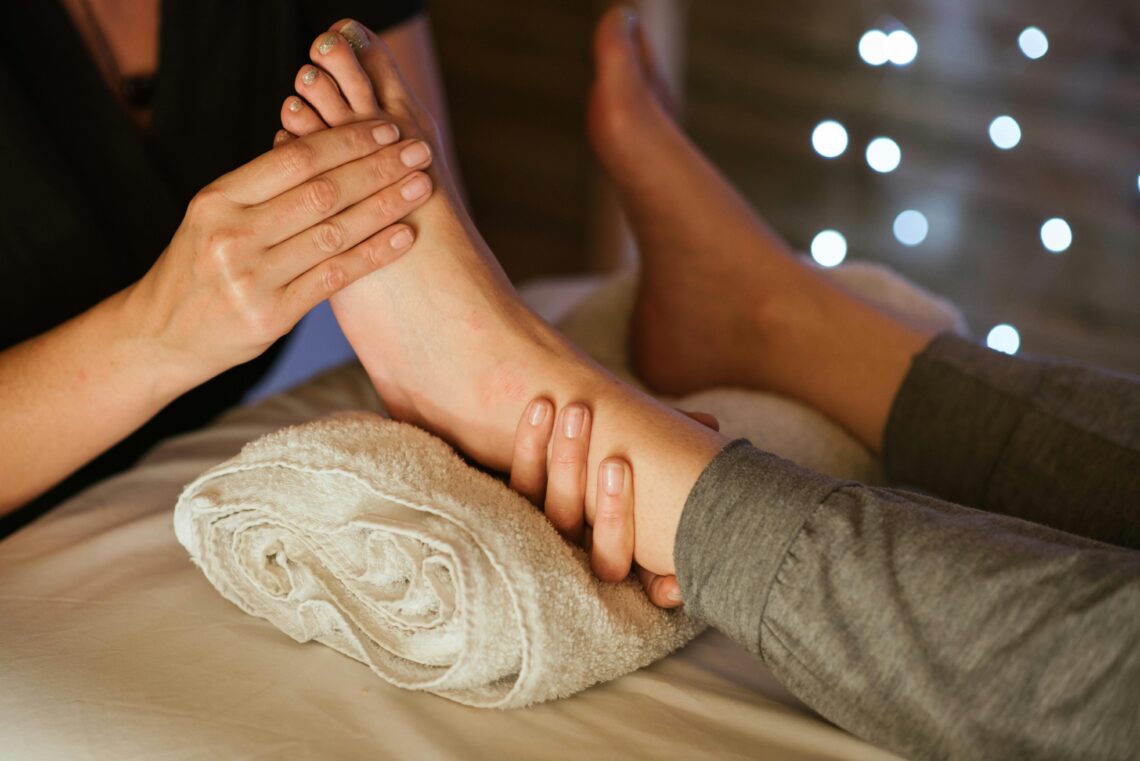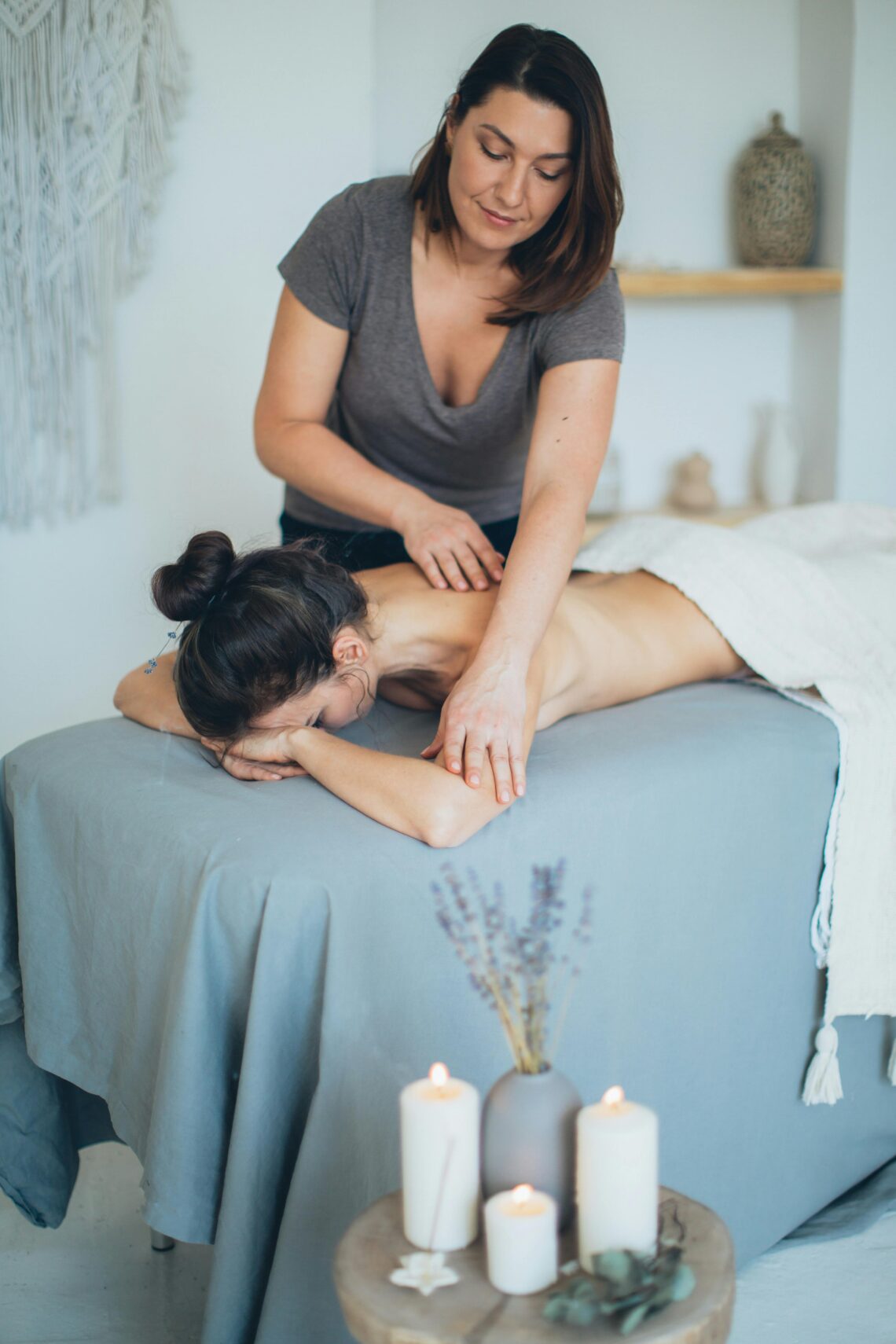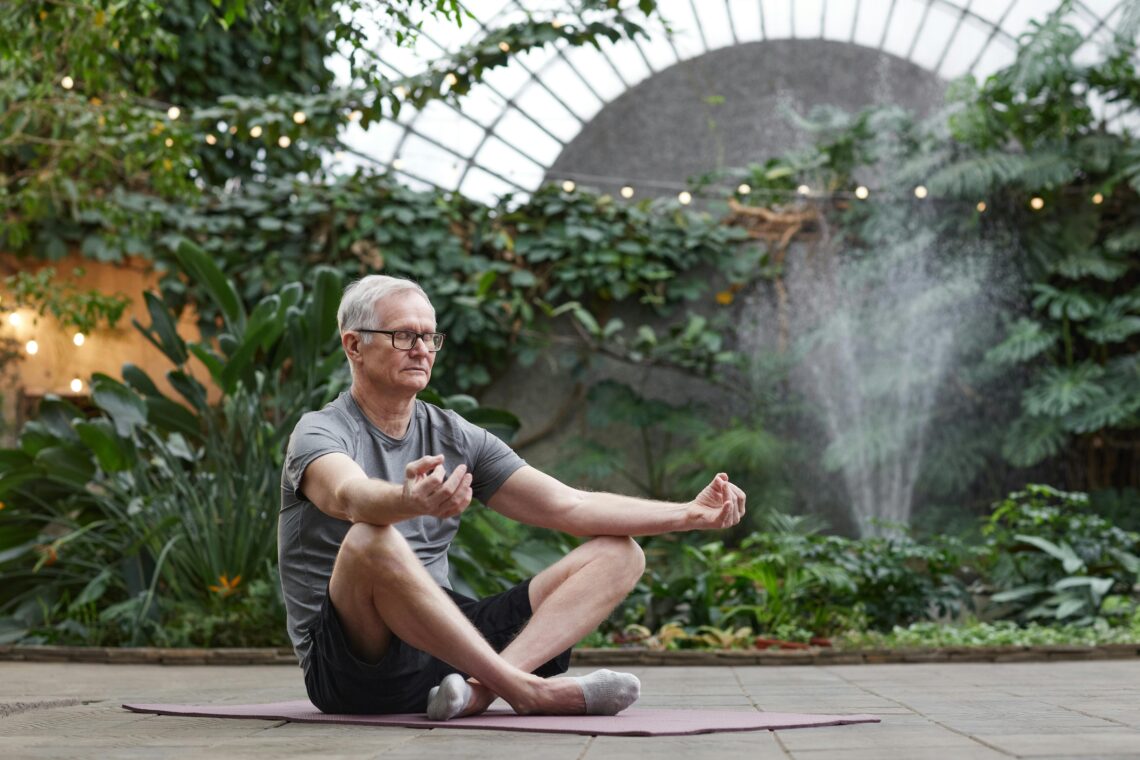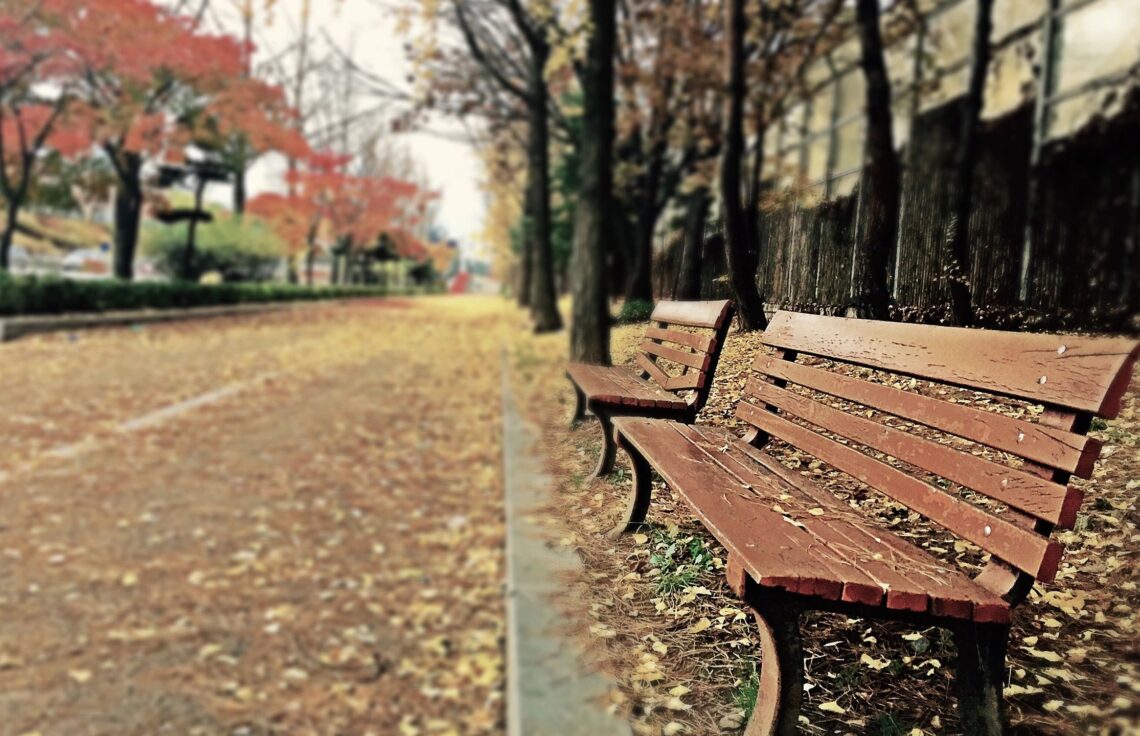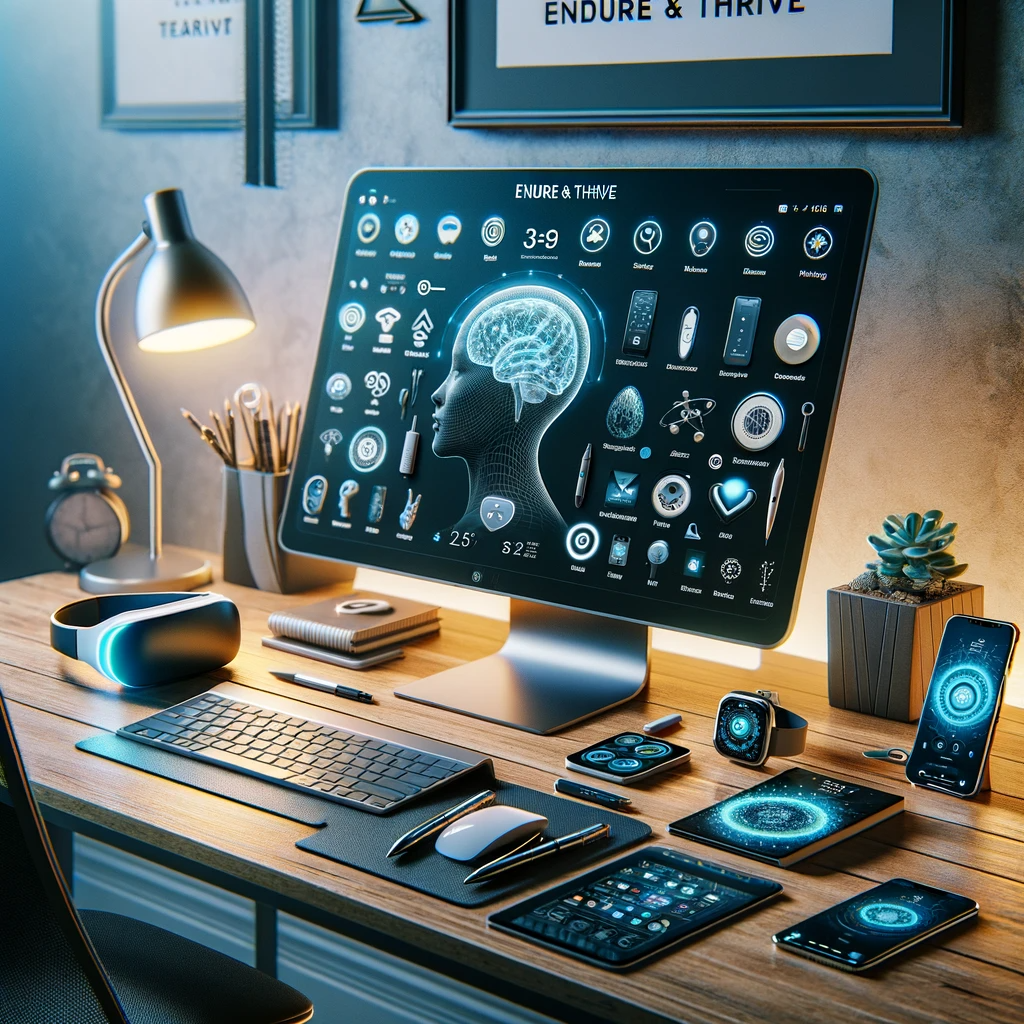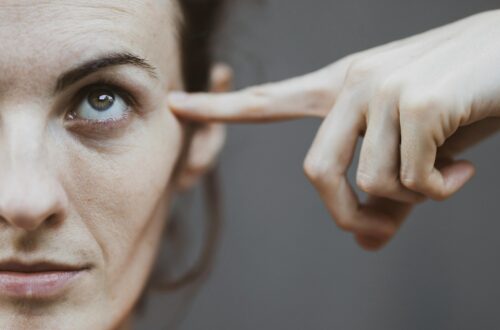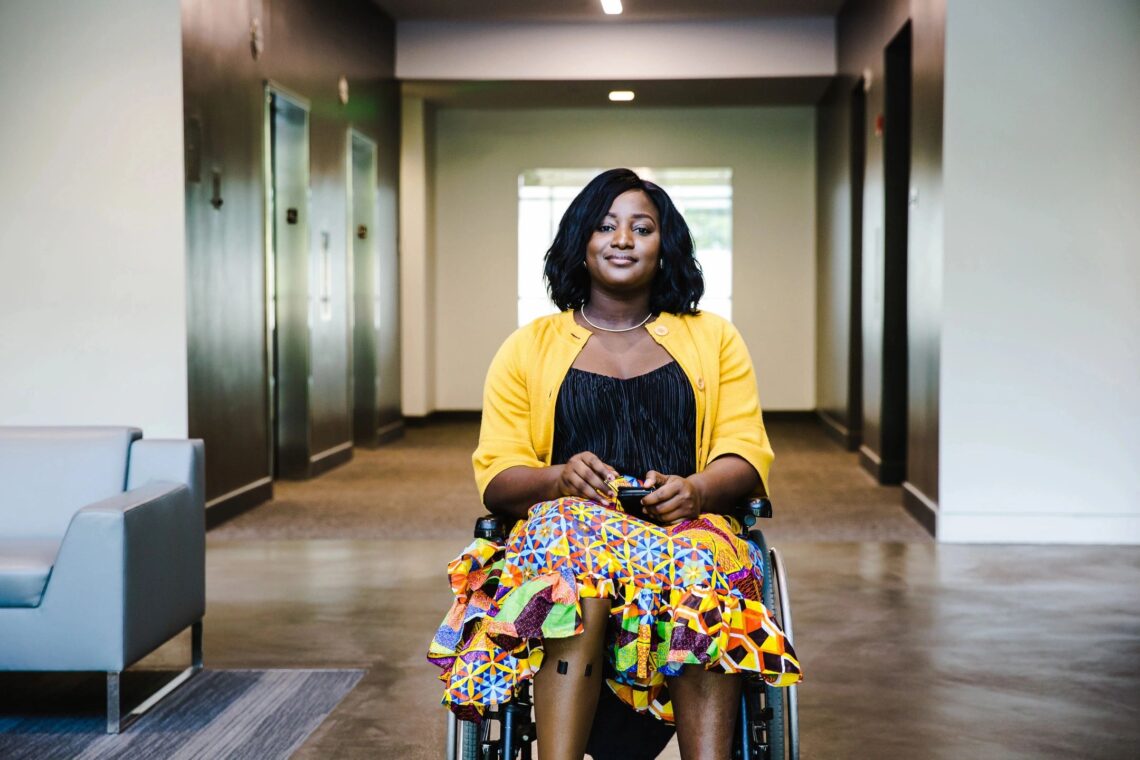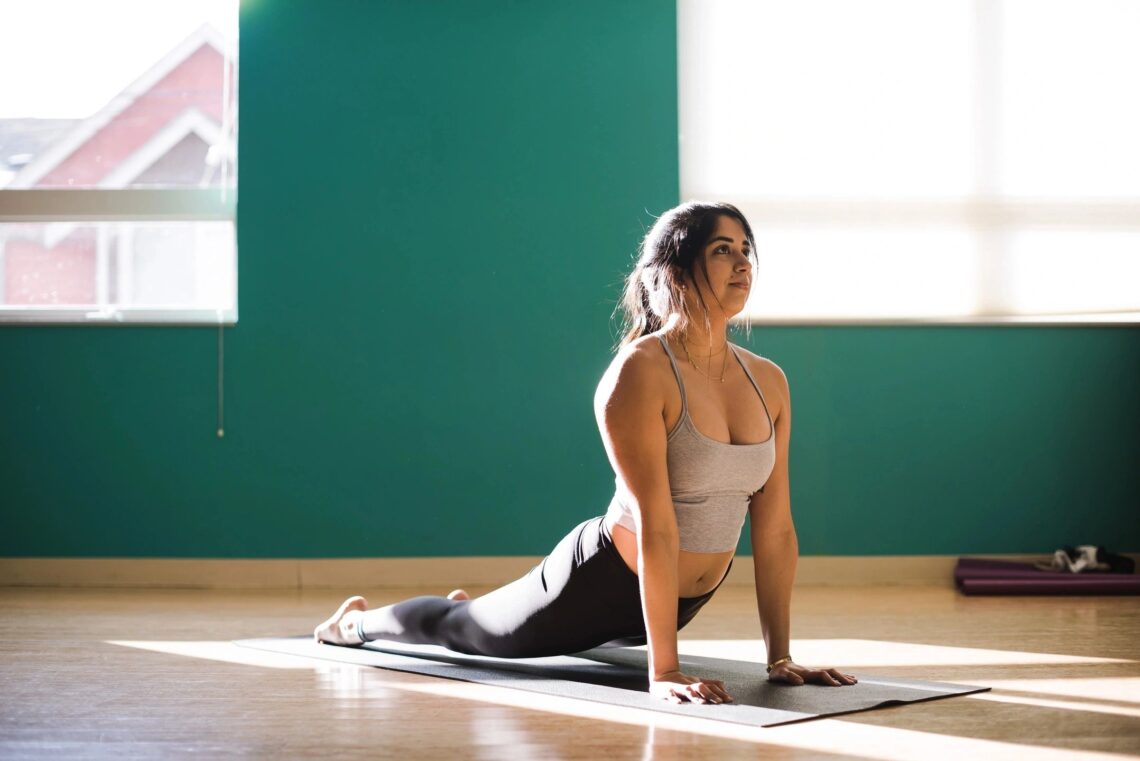Stroke survivors often face numerous challenges in their recovery journey, and one of the most critical aspects to address is sitting balance. Improving sitting balance is essential for enhancing overall mobility, independence, and quality of life. In this article, we will explore practical tips and exercises on how to improve sitting balance for stroke survivors. Understanding Sitting Balance Sitting balance refers to the ability to maintain a stable and upright position while seated. After a stroke, many individuals experience weakness or paralysis on one side of the body, making it difficult to sit without support. Good sitting balance is crucial…
-
-
Massage therapy, a practice rooted in ancient healing traditions, is emerging as a powerful tool in modern stroke rehabilitation. For stroke survivors, the journey to recovery is often long and arduous, involving a blend of physical therapy, occupational therapy, and psychological support. Amidst these traditional treatments, massage therapy offers a unique and holistic approach to aiding recovery. This article explores the multifaceted benefits of massage therapy for stroke survivors and how it can be integrated into their rehabilitation regimen. Physical Benefits of Massage for Stroke Survivors One of the most significant benefits of massage therapy for stroke survivors is its…
-
Introduction Stroke rehabilitation is a critical phase in the recovery journey for stroke survivors. While traditional therapies like physical and occupational therapy are well-known, the benefits of massage therapy are gaining recognition. Massage therapy can be a powerful tool to aid in the recovery process, offering both physical and psychological benefits to stroke survivors. Physical Benefits of Massage Therapy Massage therapy can significantly aid in improving physical function for stroke survivors. One of the primary benefits is enhanced circulation. Improved blood flow helps deliver essential nutrients and oxygen to the affected areas, promoting healing and reducing muscle stiffness. Regular massage…
-
This study investigates psychological techniques to reduce anxiety and distress in stroke survivors, including those with aphasia. It consists of two parts. The first part identified preferred mindfulness and relaxation techniques and explored ways to adapt them. The second part tested the feasibility and acceptability of the adapted techniques. A mixed-methods approach was used, combining both qualitative and quantitative methods. Participants were community-dwelling stroke survivors. Thirteen participants with a median age of 61 years were involved in the first study, and 38 participants with a median age of 67 years were involved in the second study. In the first study,…
-
Occupational therapy (OT) plays a vital role in the rehabilitation of stroke survivors. It aims to help individuals regain their independence and improve their quality of life. The guidelines for occupational therapy in stroke rehabilitation focus on assessment, intervention strategies, and measuring outcomes, tailored to meet the unique needs of each stroke survivor. Scope of Occupational Therapy in Stroke Rehabilitation Occupational therapy for stroke patients encompasses a comprehensive approach that addresses physical, cognitive, and emotional challenges. Therapists work collaboratively with patients, families, and other healthcare professionals to develop individualized treatment plans that promote functional recovery and independence. Initial Assessment The…
-
Introduction Hey there! If you’re scouring the net for ways to spice up recovery for someone who’s had a stroke, or if you’re in that boat yourself, you’ve hit the jackpot. Today, we’re diving into the world of iPad games that are not just fun but are also fantastic tools for rehabilitation. Stroke recovery can be a tough journey, but who says it can’t have a bit of fun thrown in? With the right games, an iPad can be more than just a tech gadget; it can be a rehab tool that brings a smile and possibly some restored function!…
-
Introduction Every year, strokes strike countless individuals, thrusting them into a journey of recovery that varies greatly from one person to another. In this whirlwind, occupational therapy stands out as a beacon of hope. This therapy type plays a crucial role, not just in aiding recovery, but in empowering stroke patients to reclaim their lives and independence. Let’s dive into how tailored therapies and techniques under occupational therapy can significantly boost a stroke patient’s journey towards regaining their independence and enhancing their quality of life. The Essence of Occupational Therapy in Stroke Rehabilitation What is Occupational Therapy? Occupational therapy (OT)…
-
Introduction When a stroke strikes, the journey back to normalcy can seem like a marathon rather than a sprint. It’s here that occupational therapy (OT) swings into action, not just helping individuals regain skills but also redefining the path to recovery with personal touches and specialized techniques. Occupational therapy for stroke patients isn’t just about physical recovery; it’s about reclaiming independence and enhancing quality of life through therapeutic innovation. In this article, we delve deep into the world of occupational therapy techniques specifically tailored for those recovering from strokes. From cutting-edge therapies to tried-and-true methods, we’ll uncover the core strategies…
-
Occupational therapy assessment tools for stroke patients are designed to evaluate various functional capacities and cognitive abilities to guide treatment planning. Here are some commonly used tools: These tools are essential in creating a targeted and effective occupational therapy regimen tailored to the specific recovery needs of stroke patients.
-
Occupational therapy (OT) for stroke patients is a crucial component of rehabilitation that focuses on helping individuals regain their ability to perform daily activities and improve their overall quality of life after a stroke. Occupational therapists work with stroke survivors to help them recover the skills needed for day-to-day tasks, enhancing their independence and functionality. The therapy typically involves: Occupational therapy is tailored to the individual needs of each patient, focusing on achieving personal goals set in collaboration with therapists and healthcare providers. 🌐 Sources
-
Occupational therapy for stroke patients involves a variety of exercises and activities tailored to address the specific impairments and needs of each individual. The main goal is to enhance physical function, cognitive abilities, and emotional well-being, enabling patients to resume their daily routines and roles in life. Here’s a review of key OT exercises and their benefits: 1. Fine Motor Skills Exercises 2. Gross Motor Skills Exercises 3. Cognitive and Perceptual Exercises 4. Activities of Daily Living (ADL) Training 5. Balance and Coordination Exercises 6. Sensory Integration Exercises 7. Emotional and Psychological Support Conclusion Occupational therapy exercises play a vital…

